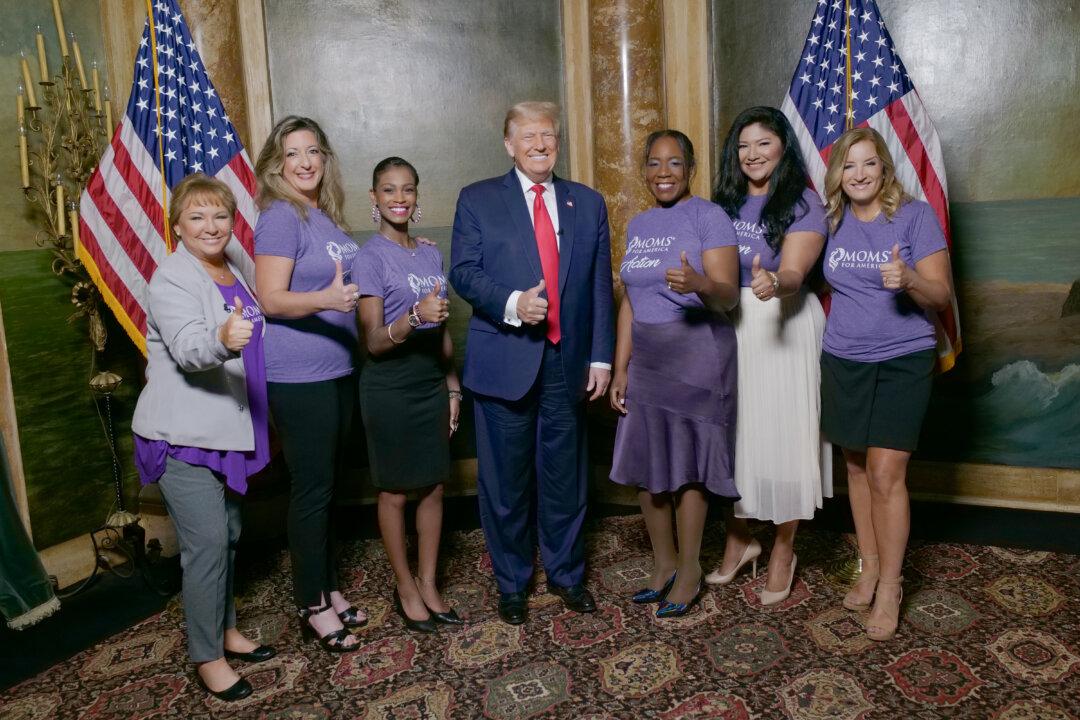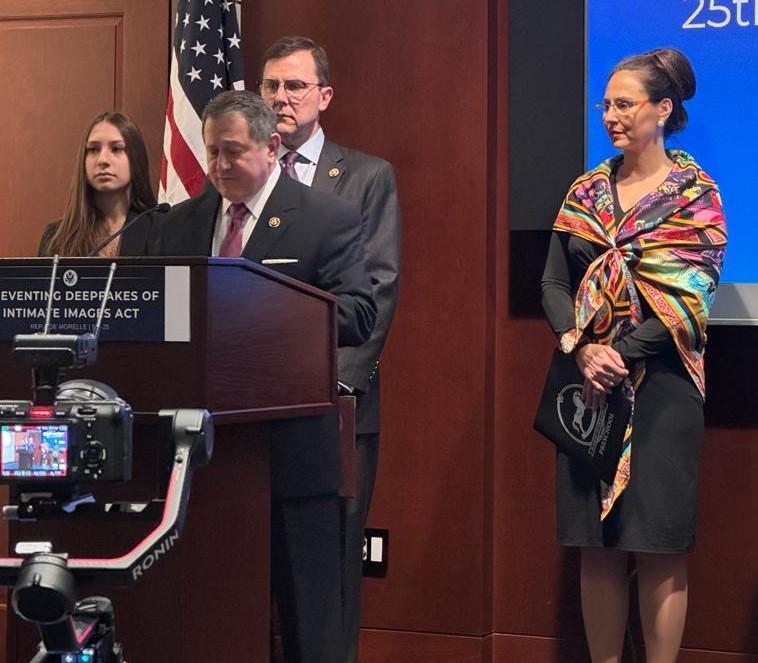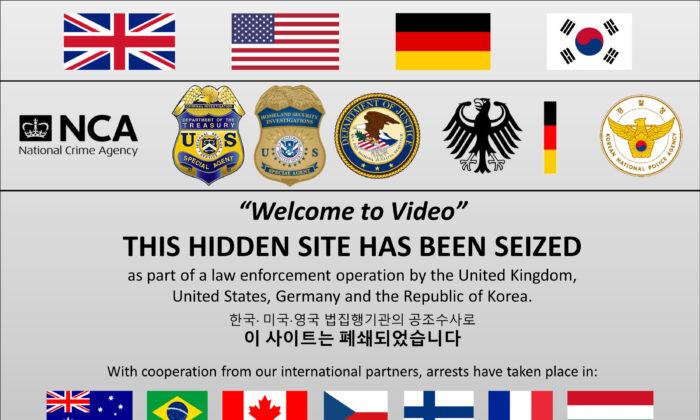The all-volunteer military force remains the best model for the United States, Deputy Secretary of Defense Kathleen Hicks said Tuesday in a keynote address she delivered at a conference at Georgetown University observing the 50th anniversary of the end of the draft.
The U.S. military draft ceased in 1973 in the wake of the end of the Vietnam War, concluding a 33-year stretch in which the country had conscription, with the exception of two years following the Second World War.
“It was the right decision for the U. S. military and the nation at the time, and over the last 50 years, during times of conflict and in times of peace, it has continued to be the right decision,” said Hicks, the first woman to serve as deputy secretary of defense.
The conference, titled “The All-Volunteer Force at 50: Civil-Military Challenges and Opportunities,” was hosted by the Center for Security Studies at Georgetown University and the America in the World Consortium, a partnership between the Kissinger Center at Johns Hopkins University and the University of Texas at Austin.
In addition to her speech at the conference, Hicks sat for a one-on-one discussion with event moderator Peter Feaver of Duke University and fielded questions from the audience.
The two-day event occurred during a period of increasing instability in the world, with U.S. forces stretched thin and the military having difficulty meeting its recruiting numbers.
Defending the All-Volunteer Military
“Our force, the finest in the world, and made up entirely of volunteers, delivers across the battlespace,” Hicks said in her speech. “It reinforces American ideals of personal liberty and freedom and offers Americans, who have the desire and ability to serve, training, career mobility, and financial benefits—in addition to community, connection, and a common purpose.”Hicks noted that since the U.S. military became all-volunteer, “more than 11 million young adults have joined active duty service, and today, more than one-and-a-half million men and women serve in the uniform across the total force.”

“In the past several years, professions like firefighting, nursing, teaching, and applications to prestigious government programs such as the Peace Corps and AmeriCorps have all experienced a decline,” Hicks said, citing the pressing problem of a decline in young people considering and pursuing public service.
A considerable portion of the deputy secretary’s talk dealt with civilian control of the military and the importance of the nation continually striving to forge a stronger, more cooperative, trusting, and effective partnership between civilian society and the armed forces.
Hicks referenced the Russia–Ukraine war in attesting to the superiority and preferability of an all-volunteer military to one built with conscription, and how the conflict demonstrates the importance of the civil society and military relationship.
“Russia’s latest invasion of Ukraine ... provides an opportunity to reflect on the stark contrast between how we and Russia treat our service members,” said Hicks. “Russia has resorted to conscription and is treating its people as cannon fodder.”
Ukraine also practices conscription.
“Our force, on the other hand, is professional, voluntary, well-equipped, and thoughtfully employed,” she said.





